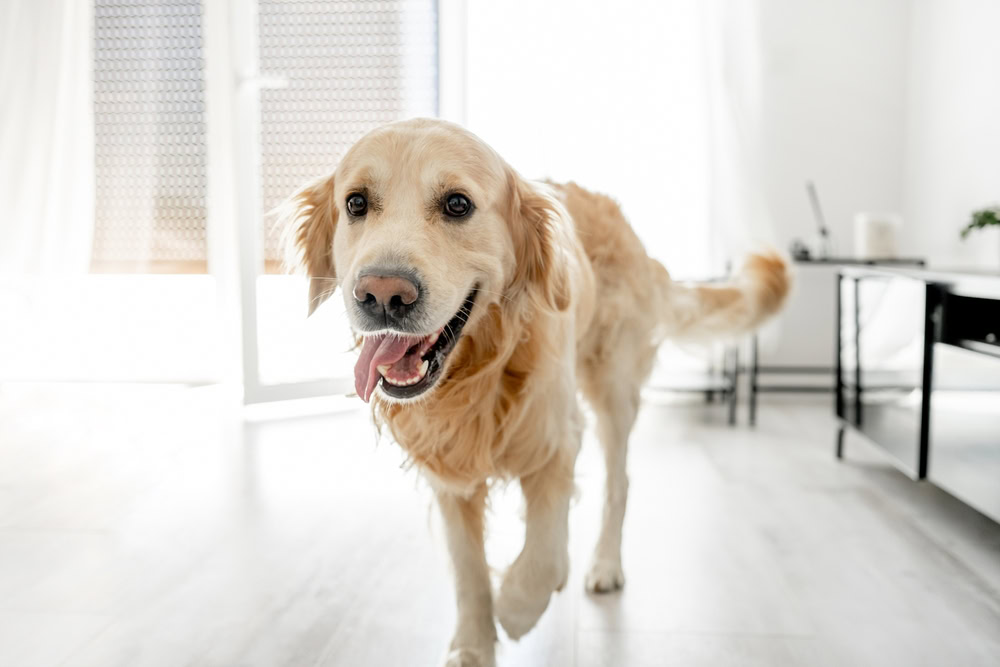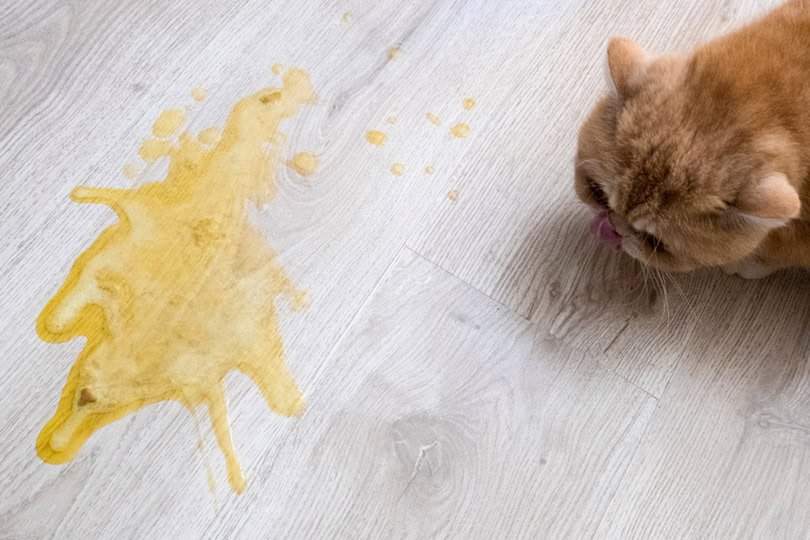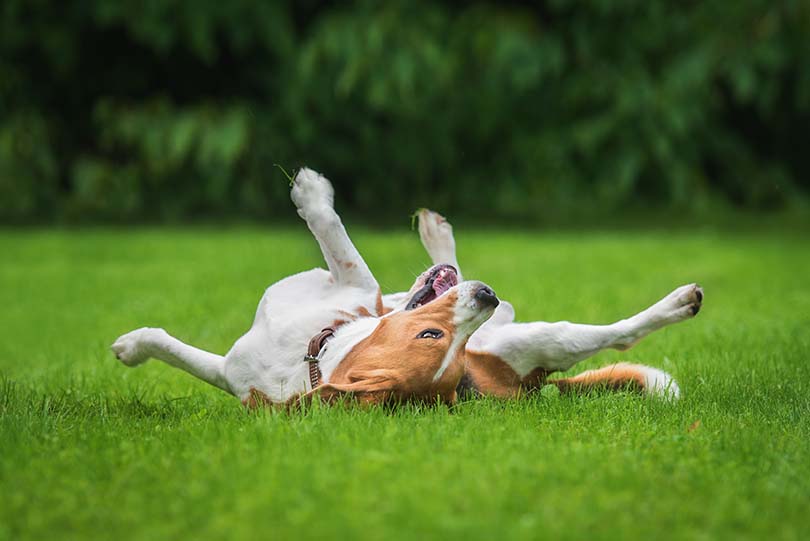VET APPROVED

The information is current and up-to-date in accordance with the latest veterinarian research.
Learn more »Like people, dogs can pace back and forth for various reasons. Sometimes, these reasons are not causes for concern. Other times, your dog could be trying to tell you that something is wrong. How do you know the difference? You know your dog the best, so if you notice this behavior, you might be able to instantly recognize what they’re trying to say. It may not always be so obvious, though. If the pacing is accompanied by a loss of appetite, whining that won’t stop, excessive thirst, or anything else that’s unusual, speak with your vet to find out the next steps that you should take.
Here are 11 common reasons that dogs pace and what you can do to help them stop.

The 11 Reasons That Dogs Pace
1. Anxiety
Anxiety in your dog can include feelings of fear, worry, and stress. One common cause is separation anxiety. Dogs may pace if they become anxious and distressed when they are left alone or are not with their owner. If your dog is showing signs of separation anxiety, it is best to seek advice from your vet or professional behaviorist to formulate a treatment plan tailored to your dog’s needs.
Past trauma can also make it difficult for your dog to relax. If they’ve had unpleasant experiences in the past and find it hard to relax and settle, the pacing is a way to work off their nervous energy. You may also notice your dog pacing when loud noises occur, like yelling, thunder, and fireworks.
If your dog is pacing because of anxiety, try to find the source of it. If it’s loud noises, calm your dog by turning down the radio or television and moving to the quietest part of the house. Pull the curtains closed, and let your dog know you’re there with them.
Medication can be prescribed by your vet, if necessary, to help your dog stay calm at certain times; for example, during fireworks. In addition, sprays and calming chews can be purchased over the counter to provide a relaxing feeling. Canine behaviorists can also work with your dog and show you ways to help ease their stress.
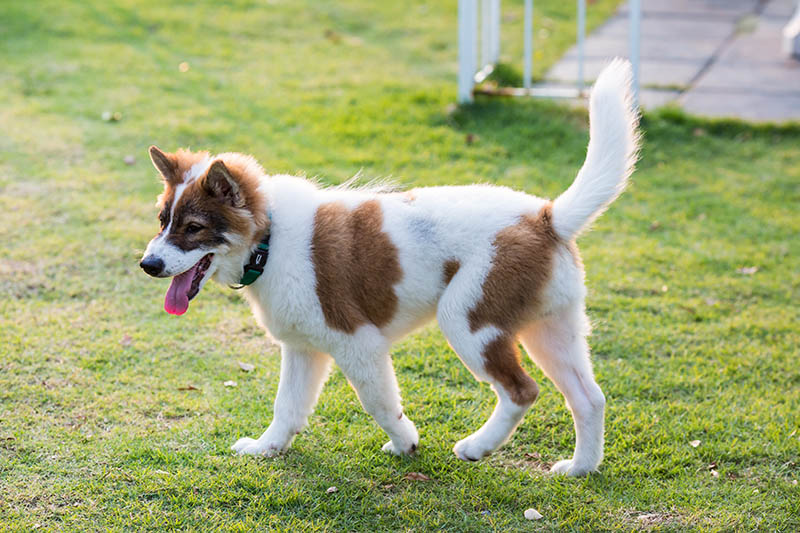
2. Boredom
Pacing can occur when your dog simply doesn’t know what to do with themselves. Just as physical exercise will tire your dog’s body, mental stimulation will tire their mind. If they can’t seem to relax, they could just be bored.
Walks do more for your dog than just give them a potty break. They’re taking in sights, smells, and sounds that engage them and tire them out at the same time. When you’re on a walk with your dog, let them leisurely explore their surroundings. Training and playing games like fetch with a ball or toy will also give them something to focus on and think about, so when they return home, they’re more likely to be calm and settled. In the house, food puzzles and interactive toys can keep them mentally stimulated and help prevent boredom.
3. They’re Searching for Something
A toy, ball, bone, or treat—sometimes dogs can forget where they left these valued items. Pacing that doesn’t stop can follow suit as your dog searches for what they lost. If you notice that the pacing is occurring because your dog no longer has their favorite item, you can search for it with them and have a better chance of finding it. Look under and behind furniture. Usually, the retrieval of this object puts an end to the pacing.
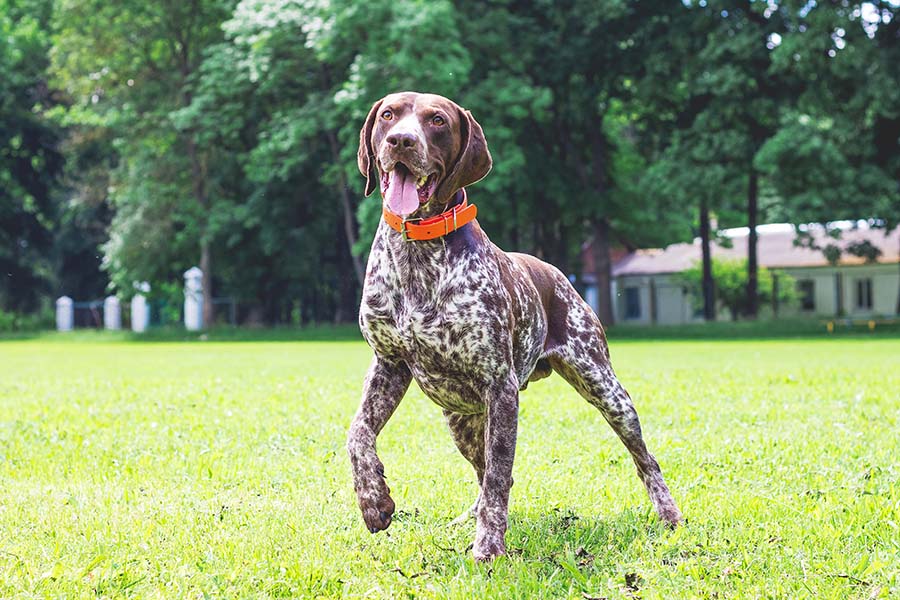
4. They Want Attention
Dogs pace to let you know that they want something. What that is can be harder to figure out. If you notice your dog wandering aimlessly around the house, see if giving them attention puts a stop to it. They could also be trying to tell you that they need to go outside. A potty break and some affection should put a stop to this.
5. Dementia
This degenerative disease affects older dogs and is known formally as canine cognitive dysfunction. Dogs can become confused and disoriented and pace because they don’t know what else to do. Pacing with this disease usually occurs at night, after everyone in the house has gone to bed.
Dogs with cognitive dysfunction often have changes in their sleep patterns, so they may not understand where everyone went and might pace to try to find them. Pacing can also be accompanied by other signs, like staring at the wall, excessive licking (either themselves, you, or objects in the home), and apparent confusion. There’s no cure for this disease, but there are things that you can do to manage it and slow the progression.
Consult with a vet for advice. Sometimes medications and supplements will be recommended. Stick to a routine and avoid sudden changes at home, try to feed and walk your dog at similar times each day, and encourage them to stay awake for periods in the day, especially if the pacing and restlessness is mainly at night.

6. Vision Changes
Dogs can encounter changes in their vision over their lifetime. If their sight is failing due to age or disease, this can be scary and confusing for them. Being nervous about this change can start pacing because of anxiety. They may also pace to reassure themselves that they know and remember the layout of the house.
If your dog is losing their eyesight, the most helpful thing that you can do is not move anything around in the house. Furniture, food and water bowls, and their bed should all stay where they are so your dog is comfortable and knows how to move around every day. They’ll be less likely to pace if they feel familiar with their surroundings.
7. They’re in Pain
Joint conditions like arthritis, pulled muscles, or other medical conditions can cause pain and discomfort for your dog. They may be pacing because they can’t get comfortable by lying down or sitting still. Sometimes the cause of the pain is obvious; for example, if your dog has injured their leg and is limping. However, other times the signs can be more subtle, like if they are suffering from tummy pain or arthritis.
Have your dog seen by a veterinarian who can perform a physical examination and perhaps X-rays or other tests. Medication can be prescribed to manage the pain. A bed for arthritic dogs will also help provide more comfort, making them less likely to pace.
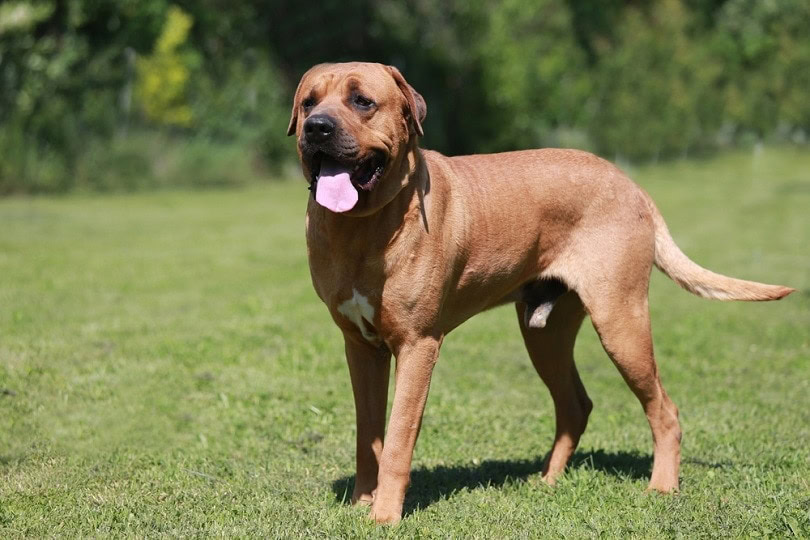
8. They’re Excited
Dogs are full of energy when they’re excited. Pacing is a way to release that energy. If your dog knows that they’re about to go for a walk, go in the car, or play, they can start pacing out of sheer joy. If you’re greeted at the door when you come home by a dog that starts the parade around the house, they’re letting you know how happy they are to see you again. This pacing should stop when the dog gets what they want, like playtime outside or hanging out next to you in the living room.
9. They Detect Something
A dog’s senses are remarkable. They can hear and smell things that we cannot. Dogs can sometimes bolt from a relaxed position—even sleeping—to start pacing around the house in no time. If they’ve detected something, like a strange sound or odor, they will try to find its source. Pacing, sniffing the ground, and staring off in the distance to try to locate what they want to find are all signs that your dog is aware of something that you’re not.
If you become aware of what your dog is noticing, it’s easy to see why they’re pacing. Noises outside, a dog barking, or a car backfiring can send your dog on a quest to find the cause of the commotion. Once things settle down, your dog should too.

10. They’re Hungry
A dog can pace to let you know that it’s dinnertime. If you notice your dog pacing and searching the floor, they may be looking for crumbs or scraps of food. Check to make sure you didn’t miss a mealtime! Some dogs also hide treats and bones, storing them for later. Pacing while looking for something might mean your dog is searching for a snack that they’ve hidden but can’t remember where.
11. They’re New
Did you just bring your dog home for the first time? Did you just move residences and your dog is in a new home with you? The pacing is normal in these situations because your dog has no idea where they are! They’re taking in all the new sights and smells and learning the layout of the place. They may also feel a little anxiety, which can lead to more pacing while they familiarize themselves. Once they feel comfortable in their new home, the pacing should stop.
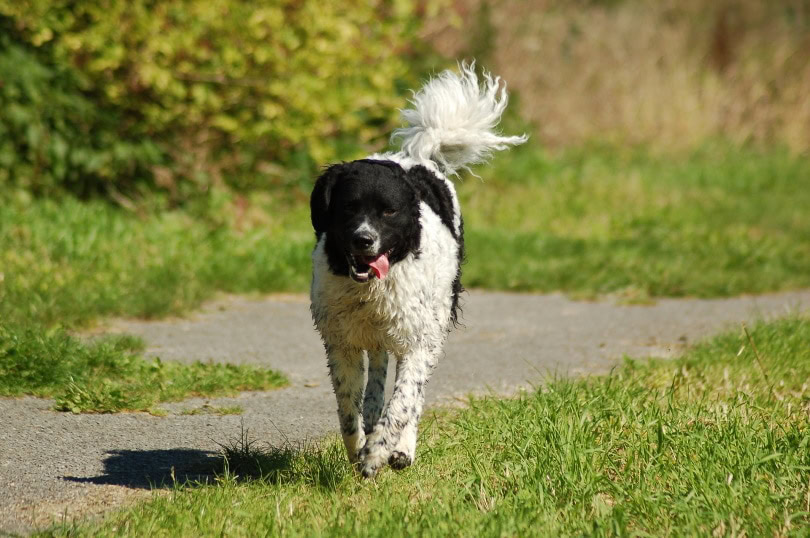

Conclusion
While it can be frustrating to see your dog pacing and not know why, know that they do have a reason for this behavior. We hope our list has given you a few reasons that your own dog may be acting this way and what you can do to help them and stop the pacing.
Finding the right answer to this is important, especially if its cause is a medical condition. Discuss any strange behavior with your vet so the correct diagnosis and treatment plan can be made. Medications are available for dogs that are in pain. There are also treatments for dogs suffering from anxiety. Regular trips to your vet will also keep you aware of the state of your dog’s health in the future.
See Also:
- Why Do Dogs Walk in Circles Before Lying Down? 3 Reasons for This Behavior
- My Dog Keeps Sitting While Walking: 6 Possible Reasons
Featured Image Credit: Tatyana Vyc, Shutterstock
